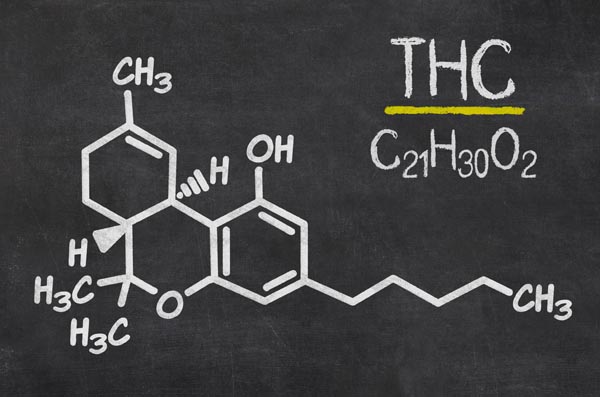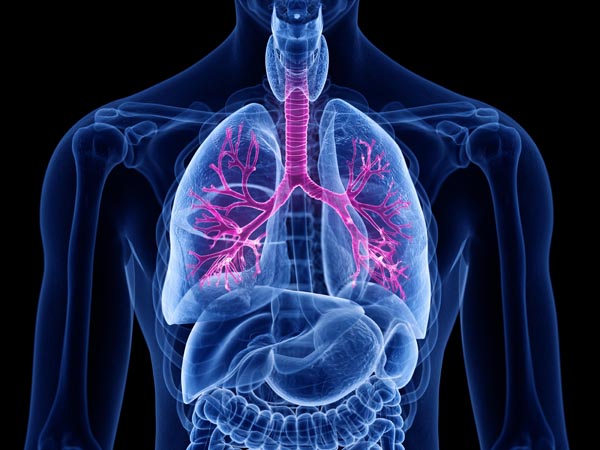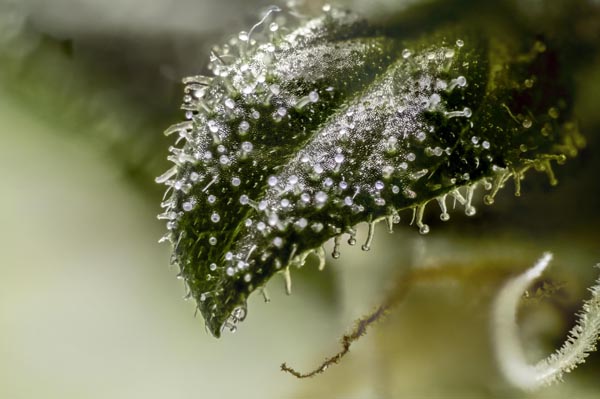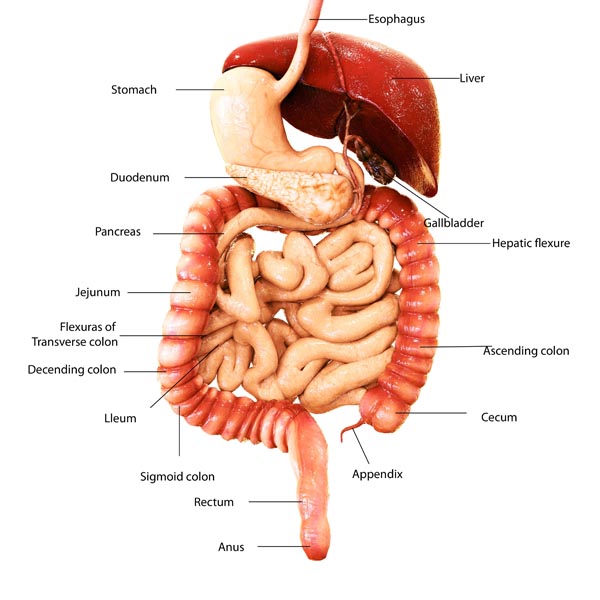The Biology of Orally Consuming Cannabis
When compared to smoking or vaporizing, which are some of the most popular ways to consume medical cannabis, the effects of ingestion are drastically different.
Ingesting cannabis works differently than other methods of consumption and can offer numerous advantages to medical cannabis patients.
In this Kanteeva article, we will discuss the biological process of ingesting cannabis from a scientific point of view so you can have a better understanding how ingesting cannabis may be beneficial for you and your medical cannabis program.
Inhalation vs Ingestion

The differences between the effects of inhaling cannabis and orally consuming cannabis can be drastic. This is due to the fact that there is a difference in the biological pathways and the biological processes that occur between these two consumption methods.
Recent medical and scientific research is starting to explore how and why these differences in effects occur, as well as uncovering the science behind what medical cannabis patients have been reporting about oral consumption for decades!
As we unlock more of these cannabinoid secrets through scientific studies and clinical trials, we will learn more about the benefits of Cannabinoid Based Medicine (CBM).
Remember, this is just the beginning.
In this article, we will focus only on the biological pathways of the cannabinoid THC and its metabolites, due to the fact that there is a scarce amount of scientific research available that focuses on the metabolism of other cannabinoids, like CBD.
The Biology of Inhaling Cannabis - Smoking and Vaporizing

When we smoke or vaporize cannabis, our lungs absorb the cannabis compounds via our capillaries, which connect the lungs to our bloodstream via the pulmonary veins. This blood ends up being the carrier and travels straight to the heart, which then dispurses these cannabis compounds throughout the body, including the brain and the liver.
When THC crosses the blood brain barrier it then binds to receptors in the brain which create the almost instant psychological effects.
These effects typically occur within 10 minutes after inhalation and in some cases, the effects occur within seconds.
In the liver, specific enzymes metabolize small amounts of the cannabinoid “THC” into the metabolite “hydroxy-THC,” which is then metabolized into “carboxy-THC.”
Hydroxy-THC is psychoactive like its precursor THC, while carboxy-THC is not psychoactive.
In theory, since such small amounts of THC are metabolized into hydroxy-THC, its effects are minimal and may even be non-existent when consuming low doses of inhaled cannabis. There is still much more research to be completed before we know definite answers.
The peak of the inhalation “effects” usually last 15 to 30 minutes and the entire experience is typically a few hours from start to finish.
The absorption rate of THC varies widely from 5% to 50% due to factors like the smoking medium, experience (inhaling is a learned skill) and focus (pay attention when you are inhaling).
The Biology of Oral Consumption
When we “eat” cannabis, the biologic pathway that the cannabis initially takes is through the digestive system, which starts where food enters the mouth and ends where the food comes out of the anus.
The majority of the cannabis we ingest (edibles, drinks, capsules etc.) is digested in our gut but a small portion is also absorbed through the mouth; this type of consumption is typically referred to as oromucosal, buccal or sublingual consumption.
For the purpose of this article we will focus on what occurs in the “gut.”
Once in the gut, the following biological process occurs to THC:
From the gut, Δ9-THC is absorbed into the bloodstream and travels via the portal vein to the liver, where it undergoes first-pass metabolism. Here, liver enzymes (primarily the cytochrome P450 system) hydroxylate Δ9-THC to form 11-hydroxytetrahydrocannabinol (11-OH-THC), a potent psychoactive metabolite that readily crosses the blood-brain barrier (Mura, Kintz, Dumestre, Raul, & Hauet, 2005).
90 - 95% of the THC is absorbed in the gut and the majority of this THC is eliminated or transformed (metabolized) into the THC metabolite hydroxy-THC during “the first-pass.” Hydroxy-THC is extremely psychoactive but some of the hydroxy-THC is further metabolized, creating “carboxy-THC” which is non-psychoactive. Once these two metabolites are created, they travel through the bloodstream, along with the remaining THC, to the heart where these compounds are dispersed throughout the body, including the brain.
THC and hydroxy-THC reach the blood brain barrier at the same time; hydroxy-THC is also psychoactive and is said to be 2 to 3 times more potent at activating CB1 receptors cells in the brain than THC.
This means hydroxy-THC may pass the blood brain barrier much more effectively than THC and this may be the reason why orally administered cannabis effects users in such different ways.
The peak of the “effects” typically last a few hours and the entire experience is typically two to three times longer than the experience of inhalation, with some patients reporting being medicated for up to and over 8 hours. The onset of effects typically occur within 30 to 60 minutes after ingestion.
From the onset of effects, to the duration effects, as well as the minimum effective dose, many factors change when we orally administer cannabis.
These “oral effects” differ drastically from the typical cannabis “inhalation experience” and many patients report that having a “smoking tolerance” typically means little if you have no “oral tolerance.”
So be careful and take it low and slow.
The below chart from sapiensoup illustrates these differences in effects:
As you can see from the above chart, there are major differences in the effects of THC when we orally ingest cannabis compared to when we inhale cannabis. These “oral” effects can be extremely beneficial for cannabis patients.
So What does this mean?
After our thorough research into this subject, we here at Kanteeva were excited with how these scientific studies and findings have directly correlated to what many medical cannabis patients have been saying for decades:
Smoking cannabis helps me relieve some of the symptoms of my ailment, yet orally ingesting full-spectrum or multi-spectrum cannabis oil on a regular basis helps me manage my symptoms more effectively.
We look forward to seeing more scientific research and findings in the near future so we can “prove” what these medical cannabis patients have been saying for decades with evidence provided by modern science!
What about the other Cannabinoids?

There has been little or no scientific research completed about other cannabinoids and their pharmacokinetics during oral administration.
For CBD, essentially no relevant information is available and we are aware only of one publication that deals with the genetic polymorphisms in CYP2C9 and CYP3A5 as related to THC metabolism in humans.64
While some information on the pharmacokinetics of CBD in experimental animals and humans is available,26–29 the biological activity of CBD metabolites has received scant attention.30
Until these types of research studies are completed, we will only be able to theorize about the other cannabinoids and their “oral” pharmacokinetics.
Interestingly enough, many medical cannabis patients report that oral administration of a full spectrum (whole plant) CBD oil makes all the difference in their medical cannabis therapy. They report that smoking high CBD flower does not provide the same medical effects.
In theory, this could be due to the way CBD metabolizes in the liver during “the first-pass.”
Another takeaway after all the research is that cannabinoids all have similar structures so many other cannabinoids may also create medically beneficial metabolites like THC does. More scientific research will have to be completed before this can be proven.
Once we hear about it, we will let you know.
We Want to Hear From You
 We invite you to join the Kanteeva community to stay informed and to connect with the medical cannabis community.
We invite you to join the Kanteeva community to stay informed and to connect with the medical cannabis community.
Now that you have a solid understanding of the biology behind ingesting cannabis, let us know if you have any questions by posting them below.
Have you ever used or made cannabis edibles for medical purposes? Have you had success with ingesting cannabis oil?
Please share your experiences with us by commenting below. We also invite you to join our community to learn more and to stay connected.
Learn. Share. Connect.
